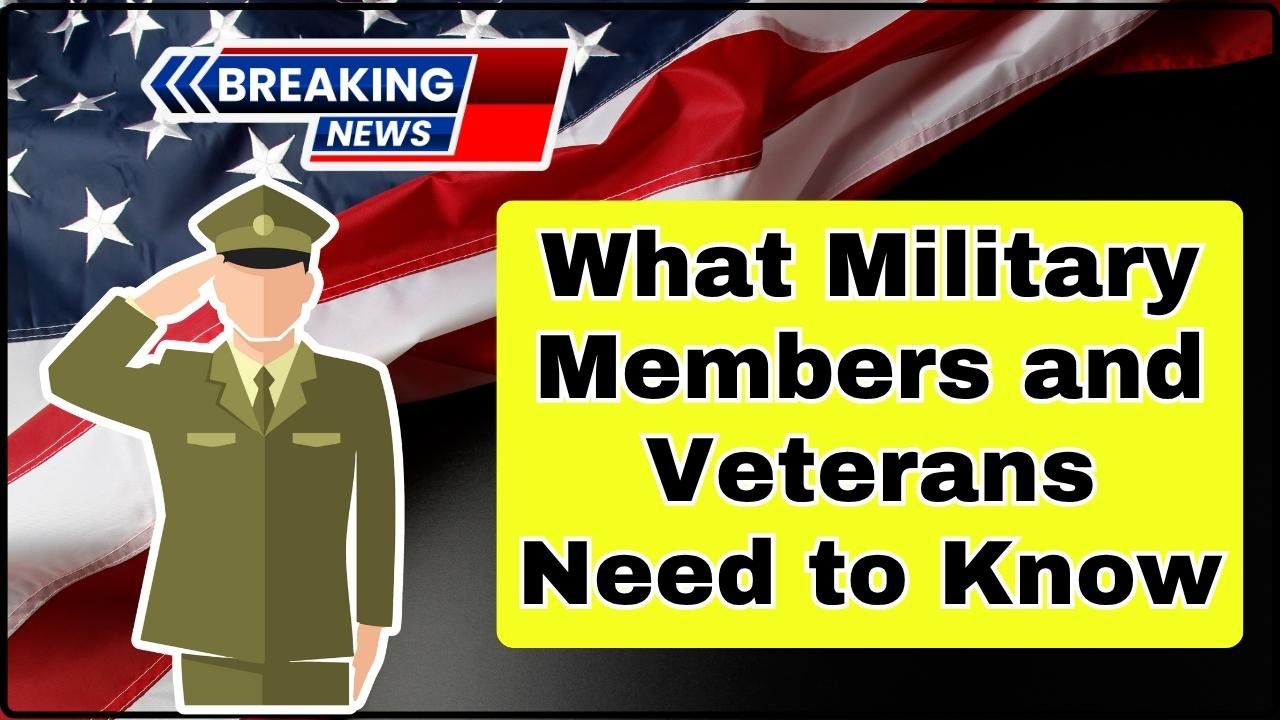Training & Licensing
The 7 Essential Steps Every Ham Operator Should Take Before a Hurricane
Ham radio operators play a vital role during hurricane emergencies by providing critical communications when conventional systems fail. This comprehensive guide outlines 7 essential steps—from gear prep to emergency nets—that every ham should take to be ready, reliable, and safe. Be the voice your community depends on when the skies darken.
What is Winlink? Explaining the Digital Tool That’s Critical for ARES Operations
Winlink is a revolutionary global radio email system that allows ARES operators to send emergency communications without relying on the internet. This tool supports critical messaging during disasters, bridging gaps in connectivity with a network covering worldwide. Easy to set up for licensed ham radio users, Winlink is essential for resilient and secure communications in crisis situations. Learn how this digital tool empowers amateur radio operators to save lives and maintain vital links during emergencies.
5 Surprising Benefits of Volunteering with Palm Beach District ARES
Volunteering with Palm Beach District ARES offers more than community service—it builds technical skills, confidence, leadership, and a strong social network. This dedicated group ensures reliable communication during disasters in Palm Beach County, safeguarding lives and property. Newly licensed or experienced, volunteers gain hands-on training, join a supportive community, and contribute meaningfully to local safety. Serving with ARES shapes empowered citizens ready for any emergency.
When All Else Fails: How Amateur Radio Functions When the Grid Goes Down
Amateur radio is a critical communication resource during power grid failures. Powered by batteries, solar, or generators, ham radios connect communities across distances without relying on infrastructure. Licensing, equipment, and preparation empower operators to maintain communication during disasters, proving ham radio’s vital role in emergency resilience.
Beyond the Storm: How PBD-ARES Provides Communication for Community Events
PBD-ARES stands as a beacon of community service, providing dependable communication beyond storms. This article explores their essential role at local events, revealing how this volunteer group uses advanced amateur radio technology and expert protocols to safeguard Palm Beach County.
The Ultimate ARES Go-Kit: 10 Must-Have Items for Rapid Deployment
The Ultimate ARES Go-Kit is a complete, portable emergency radio system featuring dual-band radios, antennas, power setups, personal safety gear, and more. This detailed guide helps amateurs build and maintain a kit ready for swift deployment, ensuring seamless communication and safety during emergencies.
A Beginner’s Guide: How to Get Started with Digital Modes for EmComm
Digital modes boost emergency communication with fast, reliable, and accessible technology used nationwide in crises. Learn how to get started, the gear needed, and why these modes matter for everyone—from newcomers to pros.
What are Digital Modes? A Beginner’s Guide to DMR, D-STAR, and C4FM
If you’ve been trying to decode the buzz around DMR, D-STAR, and C4FM/System Fusion, here’s the plain-English answer: all three are digital voice systems ...
The 3 Types of Antennas Every New Ham Should Know
Starting ham radio? Discover the three essential antennas—dipole, vertical, and loop—that every new operator should master. This detailed guide explains their features, installation tips, and practical advice to help you communicate effectively, whether at home or on the go. Learn how to build, tune, and optimize your antenna for better signals and greater enjoyment.
A Modern Look at Packet Radio: Is It Still Relevant Today?
Packet radio, a digital communication method dating back to the 1960s, remains relevant in 2025 for amateur radio operators and emergency responders. Using AX.25 protocol and technologies like APRS, it sends digital packets over radio waves without needing the internet. Despite slower speeds, its independence from infrastructure makes it invaluable for disaster communication and hobbyists. This guide covers packet radio basics, practical advice, and its modern-day applications.
















